Spiral review is truly the most powerful thing I do in my classroom to help my students master skills, retain skills, and make connections between the topics they are learning. In this post, I will break down all the ways I make spiral review work for me to help it work for you and your students.
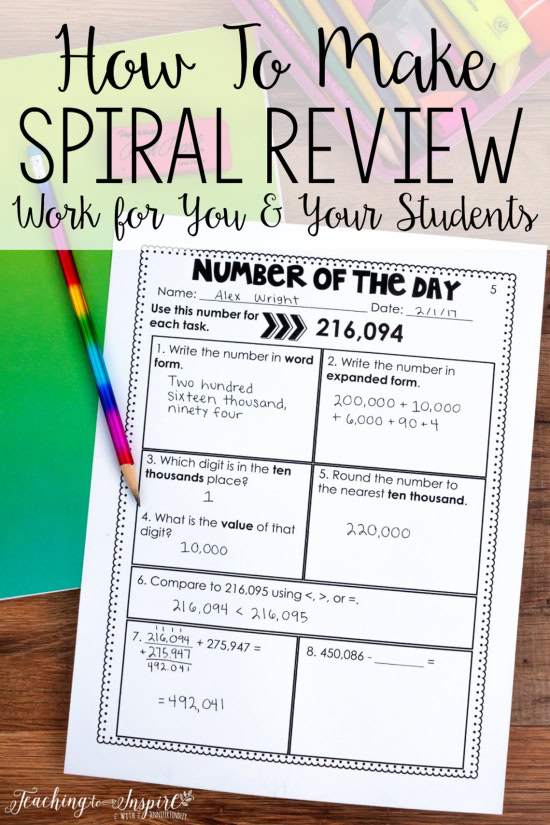
Why Use Spiral Review?
Recently, I had a conversation with a teacher about pacing. She was asking me how I was able to get all of my standards taught every year, even with struggling students. My initial thought was, “I just do it.” But, I realized that was not helpful, so I thought a bit more about what made me okay with moving through the standards and knowing that my students would be okay. I finally realized it was spiral reviewing in ALL subjects.
By using spiral review, I am able to confidently move on after teaching a standard that my students still need more practice with. I know I will hit that standard again and again throughout the year. And sometimes coming back to a difficult standard two weeks or two months later makes all of the difference.
Spiral review also helps the students retain all the information they have learned form week to week and month to month. They learn to make connections and store information for later use.
Read on to learn some ways to make spiral review the most effective it can be for all of your students.
How to Make Spiral Review Work for Your Class
1. Make sure it is a true review.
Here are some ways to ensure it is a true review:
1.) Create it yourself based on what you know your students have been taught and what you know they need to review.
2.) Use domain-specific reviews after you have taught a specific domain. For example, I created four weeks’ worth of review for the Number and Operations: Base Ten domain of the 5th Grade Common Core standards. Each standard is reviewed daily, and then I also have a Friday assessment that aligns perfectly with the review. I wait until after I have taught all seven standards, and then the next four weeks, we use this for our spiral review.
You can see this spiral review and assessment (it includes an editable version!) by clicking here. Links to the Fraction Domain and Measurement Domain are in the description (bundle coming soon!).
3.) Use skill-specific reviews for the big skills in your curriculum. I use these “of the day” math review printables regularly to spiral some of our key math skills. The versatility of these printables allows me to use them for math centers, morning work, homework, independent work, or even during a small group re-teaching lesson.
Here are some examples of the ones I use and love:
Decimal of the Day (see it in my TeachersPayTeachers store by clicking here):
Area of the Day (see it in my TeachersPayTeachers store by clicking here):
Number of the Day (see it in my TeachersPayTeachers store by clicking here):
Click here to see all of my “Of the Day” printables, including FOUR free sets!
2. Ensure your students have an entry point to all of the problems or a reference to use.
Here are some ways to help with this:
1.) Have anchor charts posted or available for reference.
2.) Create interactive student notebooks that serve as references for your students.
I have this expectation in my room:
If you are working on review, then your interactive notebook is out on your desk ready for if/when you need it.
3.) Differentiate as needed. This doesn’t have to be difficult or time-consuming. You can simply cross out a problem or two, write in a quick note or tip, or even pull a small group to do the review together.
3. Think beyond morning work and homework.
Spiral review can (and should, in many cases) also be incorporated in:
- math centers
- reading centers
- small group lessons
- guided reading lessons (more about how I organize this in Tip #4)
Definitely think outside the box and look for opportunities in your schedule and instruction to regularly work in spiral review.
4. Stay organized.
Being organized will help ensure you consistently review some of your power standards (standards that are assessed more, standards that your students struggle with, or standards that really lay the foundation for other skills).
Here is one *easy* way I ensure I regularly spiral my reading standards through guided reading lessons.
I use these forms (one for literature and one for informational) to keep track of when we discuss our reading standards through our guided reading groups. I have five dates for each standard because it was nice and even that way, but I definitely review some skills more than others. And some are embedded in every lesson (word meanings for example), but I mark the date for times when I really focus on that skill.
Click here to download the Guided Reading Standards Tracking form.
Here is another form that I use after giving unit or quarterly assessments. With this form, I am able to keep track of which standards need to be spiraled after large assessments (and which need to be re-taught).
Click here to learn more about my data tracking forms and grab this form, as well as several others.
5. Not just for math!
Spiral review and math just seem to go hand-in-hand. However, I use spiral review in all content areas. Here is how:
Science and Social Studies: My homework is the spiral review. I just type up and give 2-3 questions each day, and we quickly go over them before instruction. Tip: I use interactive notebooks in my classroom, so when I am making my homework, I grab my INB and type my questions directly from there. This way I know all of my students have the answer if they don’t automatically recall it.
In addition to using homework to spiral review science and social studies, I also regularly fill extra time and transitions with questions from previous lessons in science and social studies. I typically start every lesson with a quick review from recent lessons or lessons that at not so recent to keep them fresh.
Reading: I spiral my reading standards two ways. First, I spiral my reading standards through guided reading, as I mentioned above. I use the checklist I mentioned in Tip #4 to ensure I am consistently bringing up the standards throughout the year as they fit with our reading books.
The other way that I spiral my reading standards is through my reading review pages. I have fiction and informational reading review printables that review the “big” reading skills (theme, point of view, and text structures, to name a few). I usually use 1-2 weeks after we have learned a skill, and then save the other two weeks for later on in the year to bring those skills back up. This can be used for homework, reading practice, small group instruction, daily reading review, and even literacy centers.
Shop This Post4th and 5th Grade Reading Review
Reading review that is skill-based and able to be mix and matched to fit YOUR needs! Includes 34 pages for informational skills and 28 pages for fiction skills.
Language: I do my language review a bit differently, since my language instruction time is so limited. I spiral review my language through language centers once a week and then 20 days before my state assessment (I use this resource to spiral my standards). Click here to see the language centers I use to consistently practice and review 5th grade language skills.
Other grammar needs that are not addressed in my language standards are regularly spiraled through writing workshop via writing mini-lessons, writing conferences, and revising and editing lessons.
6. Make sure all students have ample time to complete the review.
This was a mistake that I made for a couple of years because I was so focused on staying on schedule and getting everything in. I realized I wasn’t allowing my reluctant students time to actually complete the review, and they were definitely taking advantage of that. They knew that I would go ahead and start going over review with or without them. Here is what I do now:
- Review is started as homework the night before or immediately when we start a new subject, and I teach my reluctant students that if they think they will not have time to get it done in the 10-15 minutes I give them, then they need to get a jump start on it (by taking it home, starting it when they finish another task, or just hustling to get started). Note: Any students who legitimately struggle (without or without an IEP) are given fewer problems to complete.
- Teach the students how to skip a tricky or time-consuming one to get the most done in the time given. This doubles as a good test prep strategy, too.
- Teach the students how to use their resources to complete the review.
- While I am circulating, I zone in on my struggling or reluctant students and ensure they have entry points for the problems, are using their resources, or are skipping ones they truly need help on.
Here are how I define the terms used in this section:
Struggling Students: Students who legitimately struggle with the skill, either because of a learning disability or another issue.
Reluctant Students: Students who are fully capable of completing grade level work but don’t have the drive, grit, or perseverance to get the work done quickly.
7. Review previous grade level standards when you get to related grade level standards.
Now, this may not work for every teacher and every student, but I want to share a different perspective with you. A lot of 5th grade teachers have their first month’s review be 4th grade skills, and so do I, but I do it a bit differently.
I don’t review all of the fourth grade standards at once in one fell swoop. At the beginning of the year, I review place value, multiplication, division, and word problems, because those are closely related to the standards I will be teaching first. Then, right before we start decimals, I throw in the 4th grade decimal skills as review. I do the same for fractions, measurement, and geometry.
I have found this to be much more effective because it is related to my content, and it is reviewing the skills they will directly need for the next few weeks’ lessons. This helps make the connection between the review and the current learning.
How do you use spiral review in your classroom? Do you have any tips to share to maximizing the effectiveness of review? Let us know in the comments!
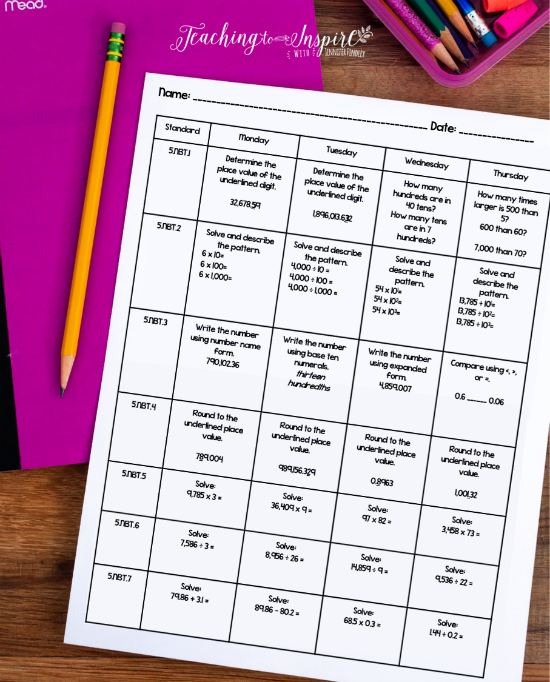
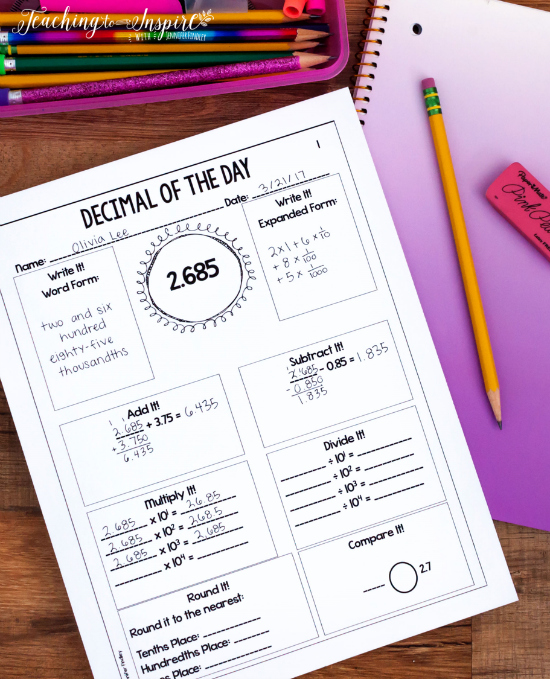


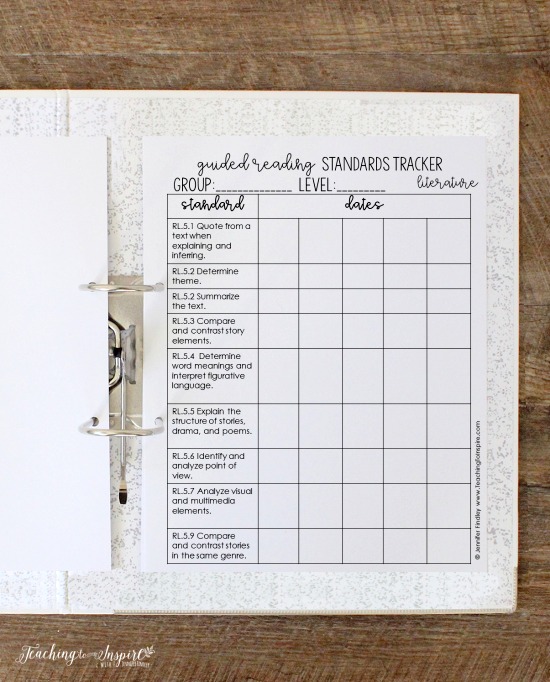
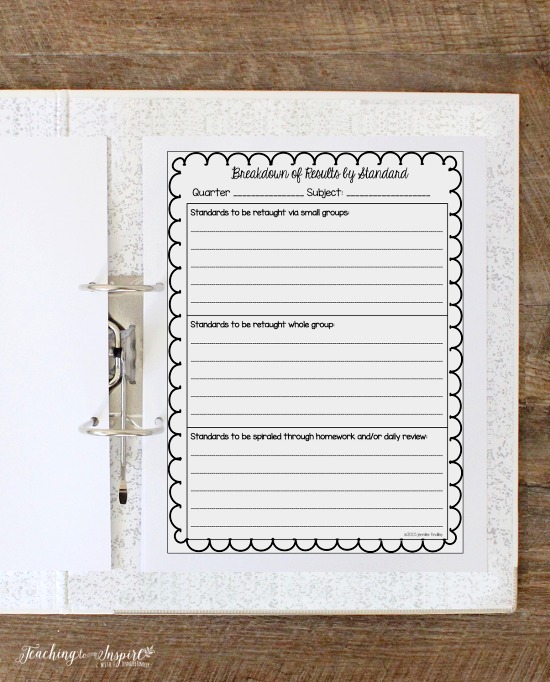
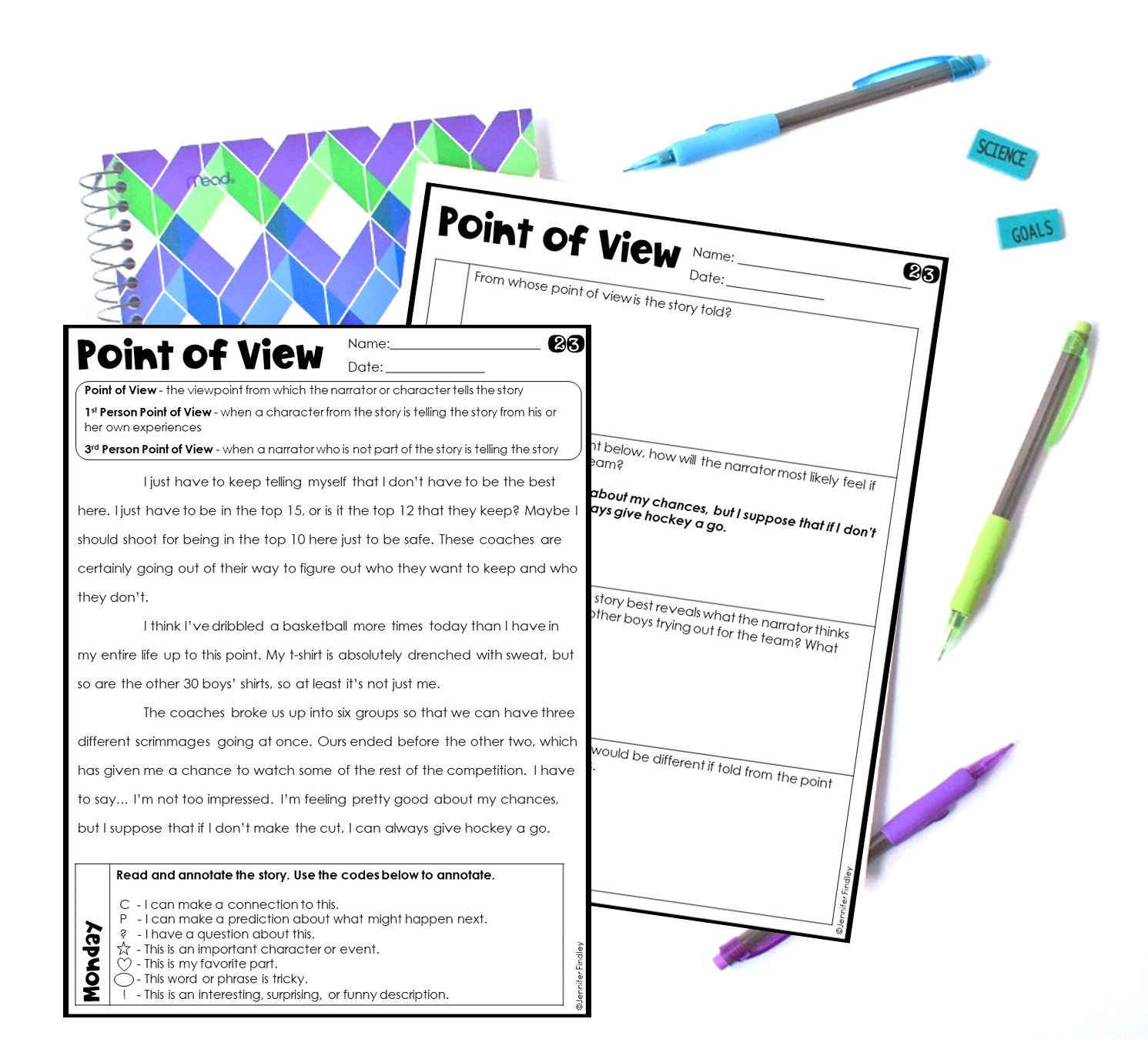






Hi Jennifer,
I am loving your blog! I was just wondering when you say you use Language Review once per week, would you put one of each activity from your Language Bundle and have groups all working on Language Centers once per week? I am new to fifth grade and working on centers and guided reading. I was thinking of including a Language Center in my rotation but was just looking to see how you do this. Thanks for all of the helpful info here!!
I absolutely love the worksheets that are titled, Math Review. I am in need of a 4th and 5th grade workbook that I can you with the children I tutor. I have looked all over your website and can find everything but the Math Review sheets. Please help and I’d love to order them asap.
Thank you so much!
Lori Taylor
I absolutely love the worksheets that are titled, Math Review. I am in need of a 4th and 5th grade workbook that I can you with the children I tutor. I have looked all over your website and can find everything but the Math Review sheets. Please help and I’d love to order them asap. They’re wonderful!
Example:
Worksheet 1 has Algebraic Thinking, Base Ten Numbers, Fractions, Measurement and Data and Geometry.
Thank you so much!
Lori Taylor